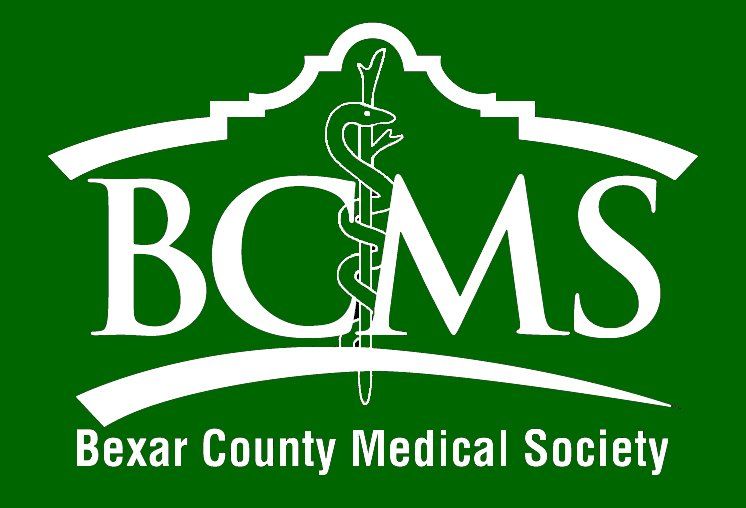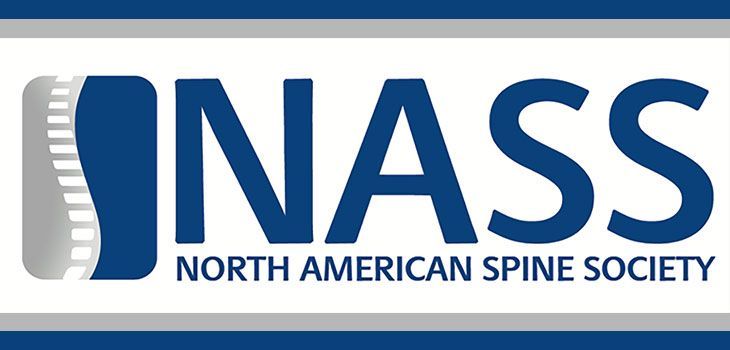MEDICAL CENTER
Kevin Richardson, D.O. | Ortho SA
2833 Babcock Rd, Tower II, #435
San
Antonio, TX 78229
Phone:
210-561-7234
Kevin Richardson, D.O. | Ortho SA
423 Treeline Park, Suite 350
San Antonio, TX 78209
Phone:
210-561-7234
Kevin Richardson, D.O.
Phone:
361-582-5633
SPINE CONDITIONS
Spinal Conditions
Cervical and LumbAR
Disc herniation
A herniated disc is a condition in which the annulus fibrosus (outer portion) of the vertebral disc is torn, enabling the nucleus (inner portion) to herniate or extrude through the fibers. In some cases, a discectomy or microdiscectomy surgery can be performed on the herniated disc to decompress the nerve root.
Bulging Disc
A bulging disc is a condition in which the nucleus (inner portion) of a spinal disc remains contained within the annulus fibrosus (outer portion), unlike a herniated disc in which the nucleus leaks out of the disc.
Disc Degeneration
Degenerative disc disease is an age-related condition that happens when one or more of the discs between the vertebrae of the spinal column deteriorates or breaks down, leading to pain. The rubbery discs between the vertebrae normally allow for flexing and bending of the back, like shock absorbers.
Facet Arthritis or Arthropathy
Facet arthropathy is thought to be a common cause of back or neck pain in older adults. Facet arthropathy happens when the cartilage between the facet joints breaks down or gets damaged. This may be caused by: Osteoarthritis. This degenerative disease is a result of the wearing down of cartilage in the joints.
Spondylolisthesis
Spondylolisthesis is the condition in which one vertebral body is slipped forward over another. Spondylolisthesis is most likely caused by an underlying condition of spondylolysis. There are different types of spondylolisthesis, including degenerative, isthmic, dysplastic, traumatic, and pathologic.
SPINAL STENOSIS
Spinal stenosis is an abnormal narrowing of the spinal canal or neural foramen that results in pressure on the spinal cord or nerve roots. Symptoms may include pain, numbness, or weakness in the arms or legs. It can be classified by the part of the spine affected into cervical, thoracic, and lumbar stenosis.
Scoliosis
Scoliosis is a sideways curvature of the spine that occurs most often during the growth spurt just before puberty. While scoliosis can be caused by conditions such as cerebral palsy and muscular dystrophy, the cause of most scoliosis is unknown.
Vertebral Fracture
Vertebral compression fracture: A fracture that collapses a spinal vertebra as a result of the compression of bone, leading to collapse of the vertebrae much like a sponge collapses under the pressure of one's hand.
Medical Center
Kevin Richardson, D.O. | Ortho SA
2833 Babcock Rd, Tower II, #435
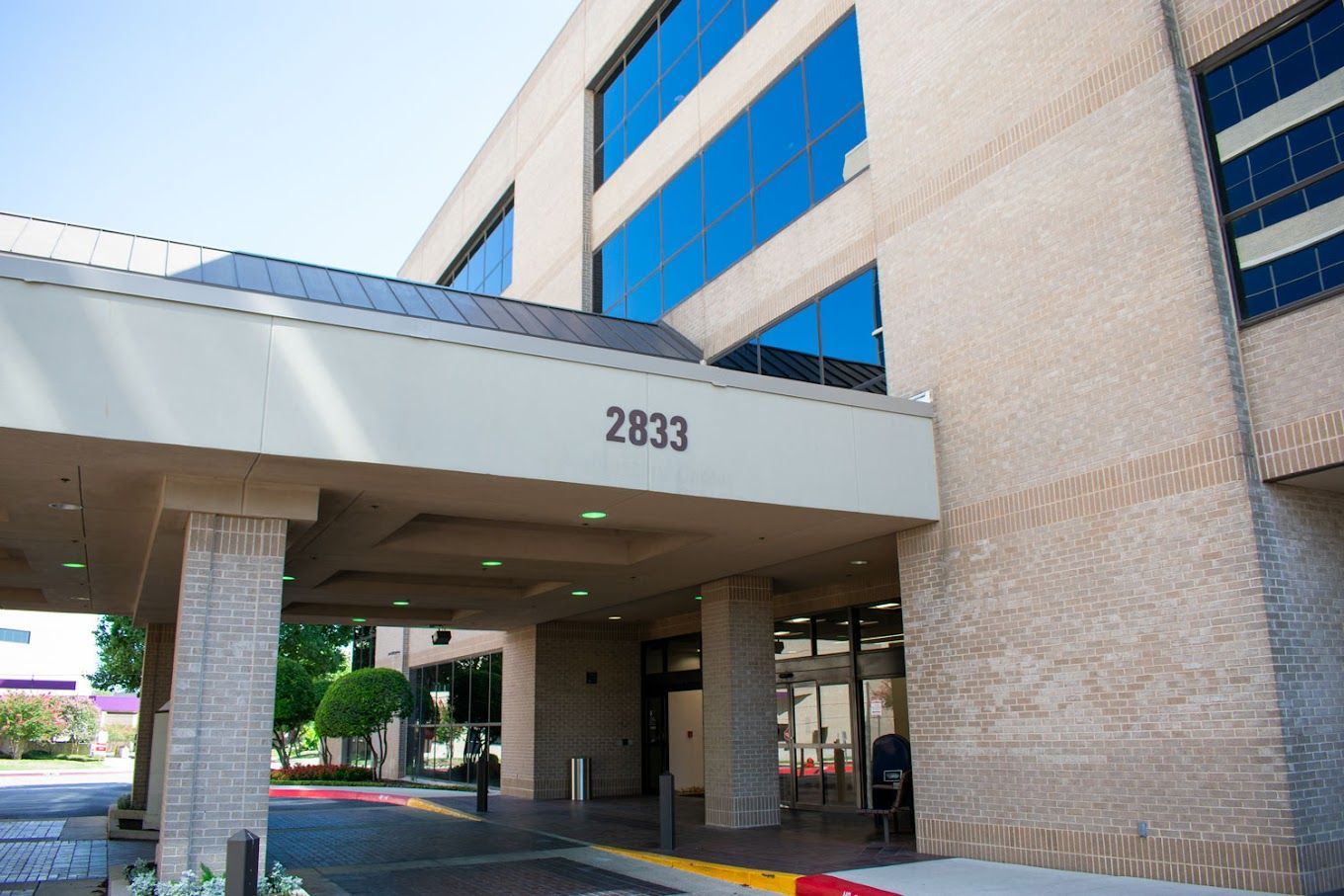
Alamo Heights
Kevin Richardson, D.O. | Ortho SA
423 Treeline Park, Suite 350
San Antonio, TX 78209
Office Phone: 210-561-7234
Fax: 210-561-7240
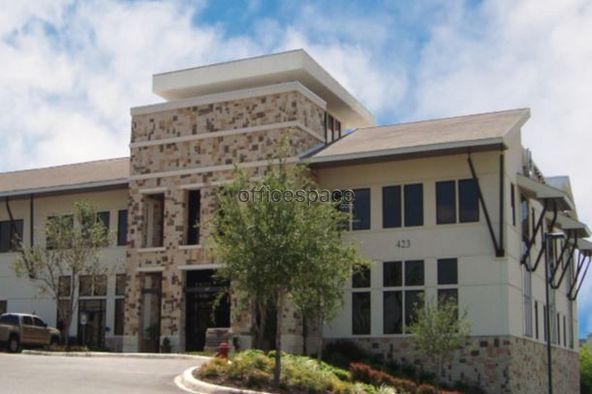
Victoria Location
Kevin Richardson, D.O.
2700 Citizens Plaza Bldg A,
Suite 402 Victoria, Texas 77901
Office Phone:
361-582-5633
Fax: 361-582-5632
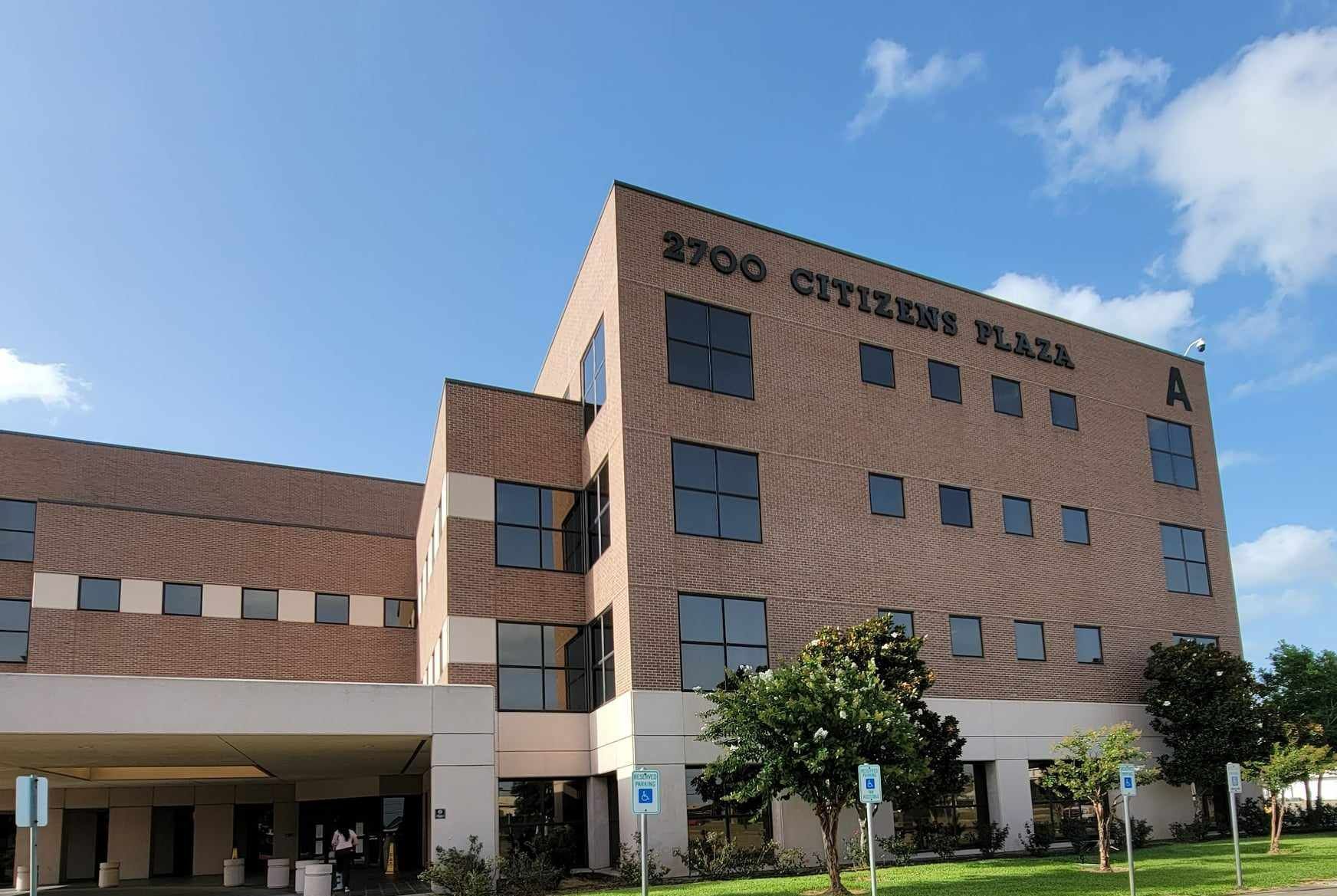
Content, including images, displayed on this website is protected by copyright laws. Downloading, republication, retransmission or reproduction of content on this website is strictly prohibited. Terms of Use
| Privacy Policy

